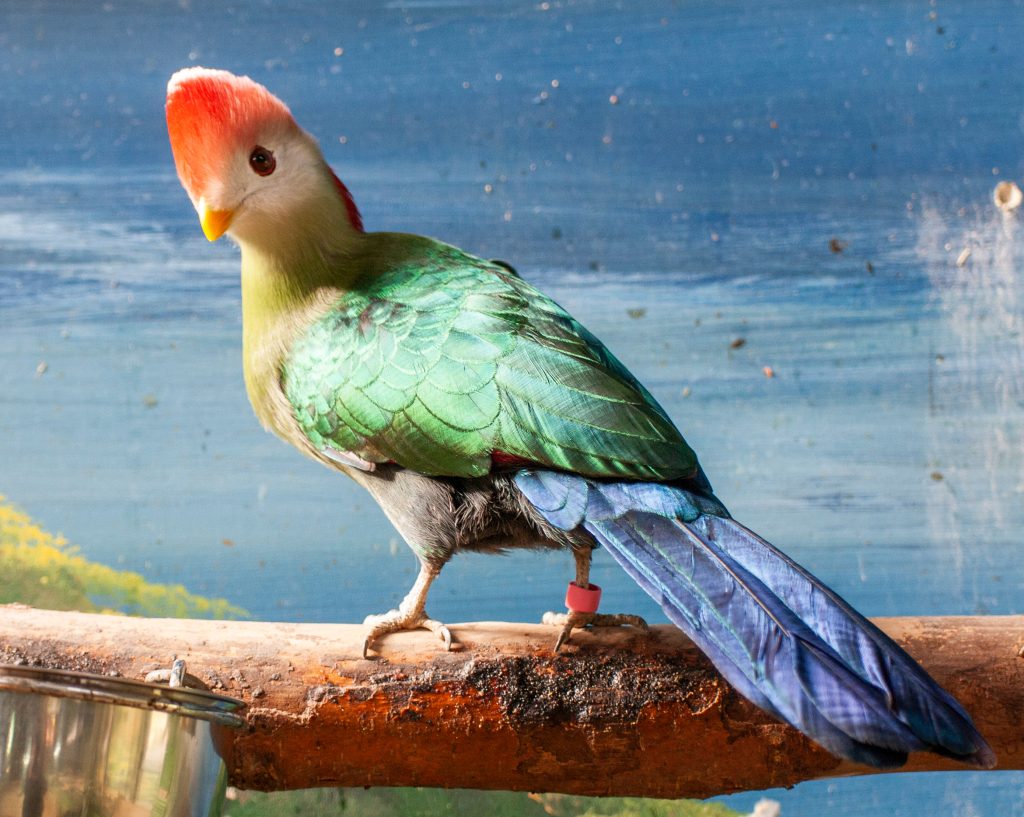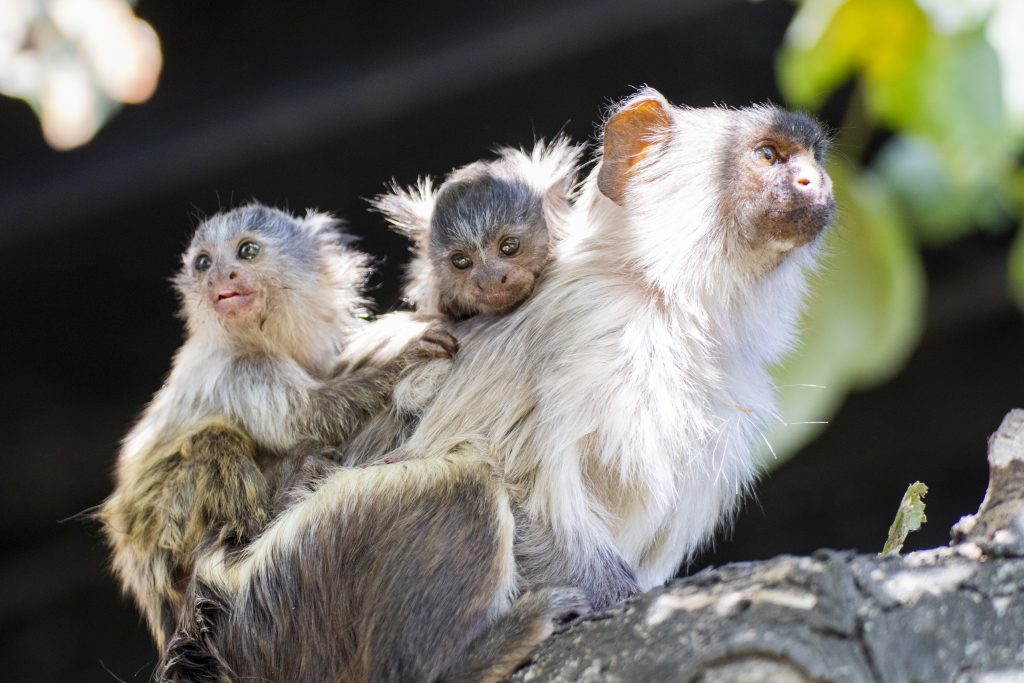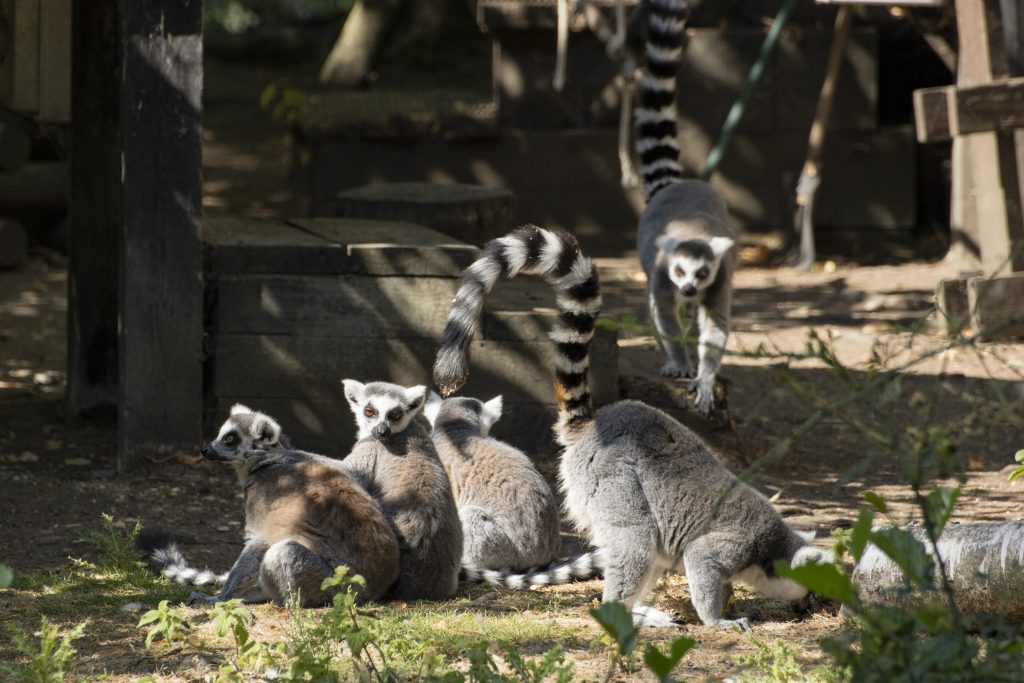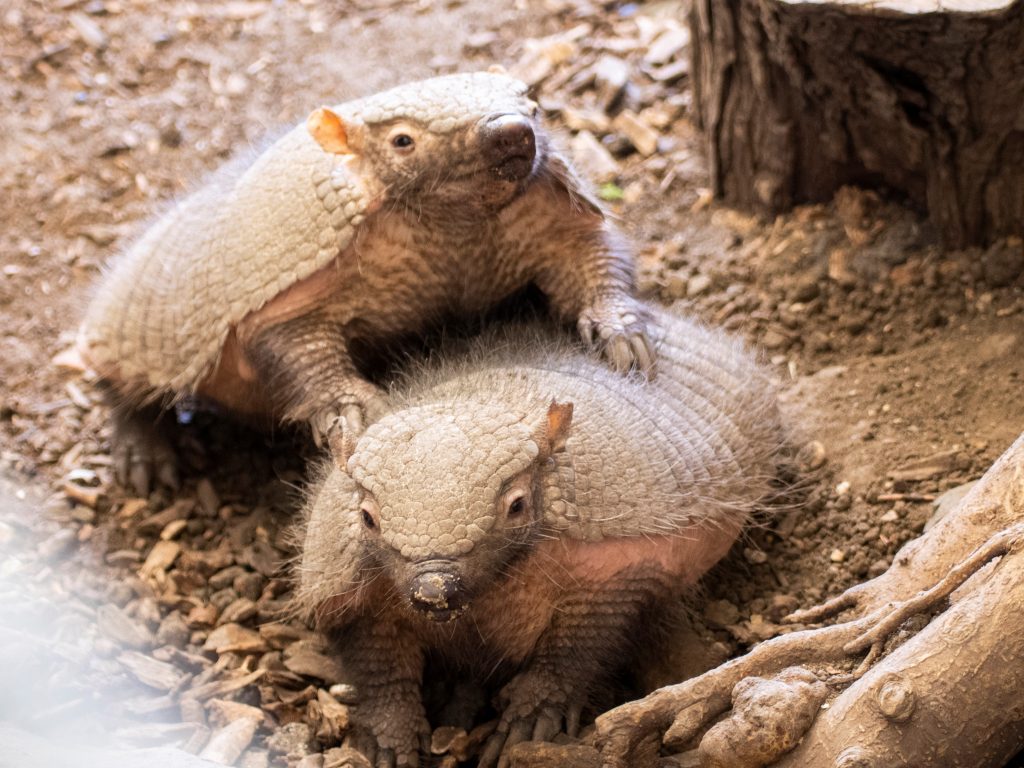Zoo Values: Services
Human Factors
The capabilities and limitations of animal caregivers directly influence animal welfare outcomes. The discipline of Human Factors helps us to better understand these capabilities and limitations by combining research about human cognitive, physical and emotional behaviours and responses. Animal care staff possess a huge amount of skill, knowledge and experience, essential to delivering good animal welfare outcomes, effective educational messaging and good visitor satisfaction. However, possession of these skills is not enough to ensure a job well done – Human Factors also have an impact. How people feel is essential to how they function. A knowledge and awareness of Human Factors is essential if negative effects are to be mitigated and positive effects enhanced.


Emotional Wellbeing
Animal care staff face many challenges within the profession; burn-out, compassion fatigue, bereavement, disenfranchised grief, poor psychological safety, stress, barriers to communication, poor workplace culture. These issues leave people vulnerable to making mistakes and poor decisions. High staff turnover is costly, loses skills and negatively affects animal welfare. We can provide advice to individuals, teams, managers and organisations dealing with these issues, and also advise on how to implement systems and processes to minimise the chances of such issues arising.
Diversity
People are not created in a vacuum. They bring with them different priorities, perspectives and personal interests, based on experience, culture, gender identity, neurology and various biases. Diversity is valuable in animal care because it balances biases, facilitates specialisation and promotes innovation. An example of this is animal behaviourist Temple Grandin who uses her own experiences of autism to think about the visual perceptions of livestock in slaughterhouses, leading to more compassionate practices.


Decolonialization
Although most zoos no longer source the majority of animals from the wild, it must be acknowledged that current zoo residents are descendants of wild-caught animals, acquired by European and North American explorers from African, Asian and South American habitats, in much the same way that museum artifacts were obtained. While it is not feasible to ‘give the animals back’ to their home-range countries, it is possible to de-colonialise the way we communicate ideas about these homelands in the signage we install and talks we deliver. We can also partner with home-range scientists in conservation projects in ways that respect local stewardship.